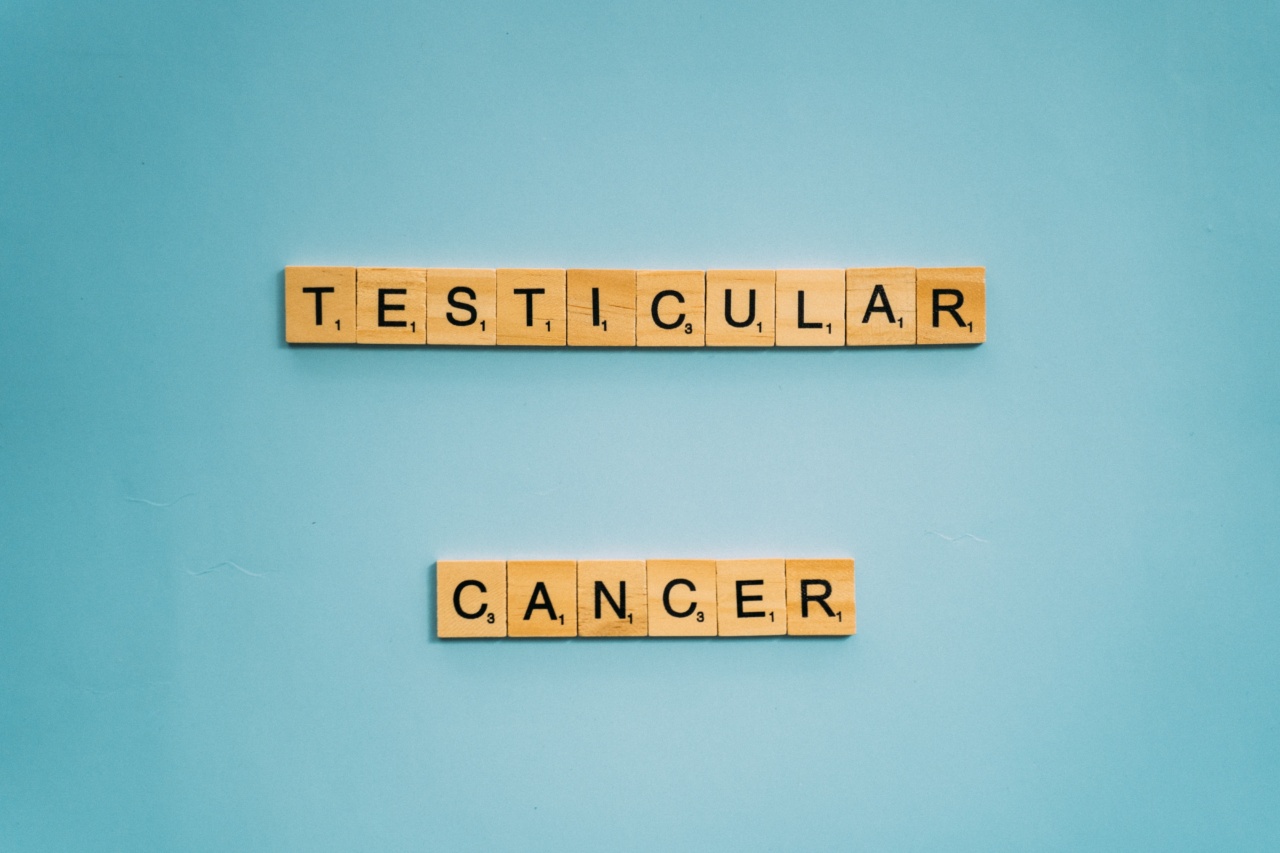Epididymitis is a medical condition characterized by inflammation of the epididymis, which is a duct located at the back of the testicles. The epididymis is responsible for carrying and storing sperm.
When it becomes inflamed, it can lead to relatively intense testicular pain and discomfort.
Causes of Epididymitis
Epididymitis is commonly caused by a bacterial infection, although in some cases it may result from a viral or fungal infection.
The bacteria responsible for this condition are usually the same that cause urinary tract infections or sexually transmitted infections (STIs). In some cases, the infection originates from the urinary tract and spreads to the epididymis. Risk factors for epididymitis include unprotected sex, multiple sexual partners, urinary tract abnormalities, and recent urinary tract surgery.
Symptoms of Epididymitis
The most common symptom of epididymitis is testicular pain, which can range from mild to severe. Other symptoms may include:.
- Swelling and redness of the scrotum
- Tenderness or sensitivity of the testicles
- Feeling of fullness in the scrotum
- Painful urination
- Fever
- Discharge from penis (in cases of STI-related epididymitis)
- Enlarged lymph nodes in the groin
Diagnosing Epididymitis
If you experience testicular pain or other symptoms associated with epididymitis, it is crucial to seek medical attention promptly.
A healthcare professional will typically perform a physical examination, inquire about your medical history, and ask about sexual activity to help diagnose the condition. Additionally, the following tests may be ordered:.
- Urinalysis to check for signs of infection and other abnormalities
- Urine culture to identify the specific type of bacteria causing the infection
- Ultrasound to visualize and assess the epididymis and testicles
- STI testing if there is a suspected sexually transmitted infection
Treatment Options for Epididymitis
The treatment for epididymitis primarily involves antibiotics to eliminate the infection.
The specific antibiotics prescribed may vary depending on the likely bacteria causing the infection, and it is essential to complete the full course of antibiotics as prescribed. Pain relievers, such as nonsteroidal anti-inflammatory drugs (NSAIDs), can be recommended to alleviate pain and reduce inflammation.
It is also advised to support scrotal elevation using a rolled-up towel or athletic supporter to help reduce swelling and relieve discomfort.
Preventing Epididymitis
To reduce the risk of epididymitis, it is important to practice safe sex by using condoms and having a mutually monogamous sexual relationship.
Regular hygiene habits, including proper washing and cleaning of the genital area, can also aid in prevention. In cases where urinary tract abnormalities contribute to the condition, a urologist or specialist may be consulted to address these underlying issues.
Complications of Epididymitis
If left untreated or inadequately treated, epididymitis can potentially lead to complications. These may include:.
- Chronic epididymitis, where symptoms persist for an extended period of time
- Abscess formation within the scrotum, requiring drainage
- Scrotal cellulitis, which is a severe infection of the scrotum and surrounding tissues
- Infertility, resulting from inflammation and scarring affecting sperm transport
When to Seek Medical Attention
If any of the following symptoms are present, it is important to seek immediate medical attention:.
- Sudden and severe testicular pain
- Testicular pain accompanied by nausea or vomiting
- High fever
- Redness, warmth, or discharge from the scrotum
- A lump or swelling in the testicles
Conclusion
Epididymitis is a condition characterized by inflammation of the epididymis, resulting in testicular pain and discomfort. It is predominantly caused by bacterial infections, including those transmitted through sexual activity.
Prompt medical attention should be sought to diagnose and treat epididymitis effectively. Antibiotics, pain relievers, and scrotal support are common treatment measures. By practicing safe sex and proper hygiene, the risk of epididymitis can be minimized.





























